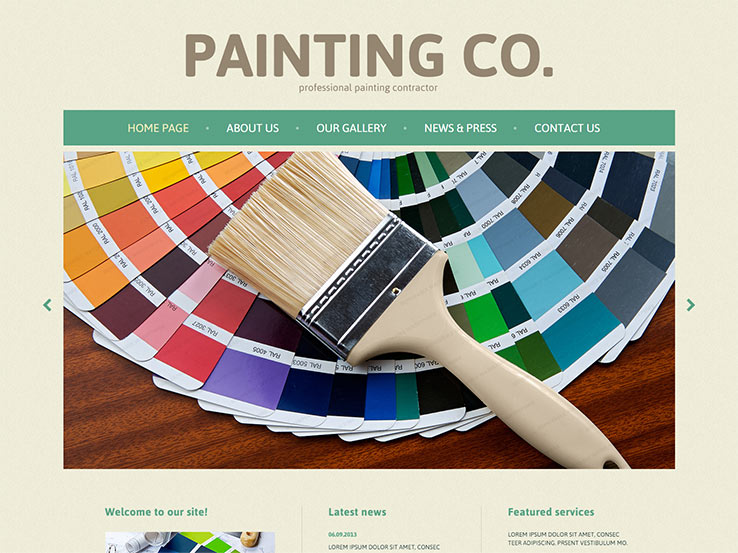Recognizing Seasonal Influences On Commercial Outside Painting: Necessary Expertise For Success
Recognizing Seasonal Influences On Commercial Outside Painting: Necessary Expertise For Success
Blog Article
Authored By-Korsholm Chaney
When you're intending an industrial external paint project, seasonal elements can make or damage your results. You'll intend to consider exactly how temperature level and humidity impact paint application and drying times. Selecting the right period can guarantee your paint sticks correctly and lasts longer. However which seasons are truly the best for this kind of work? Allow's explore the crucial elements that can impact your project's success.
The Impact of Temperature Level on Paint Application
When you're preparing a commercial outside paint job, the temperature level can substantially affect exactly how well the paint adheres and dries.
Ideally, you want to repaint when temperatures range between 50 ° F and 85 ° F. If it's too cool, the paint might not treat correctly, leading to concerns like peeling or splitting.
On the other side, if it's too hot, the paint can dry as well rapidly, stopping appropriate adhesion and leading to an irregular finish.
You need to also consider the time of day; morning or late afternoon provides cooler temperature levels, which can be more desirable.
Constantly examine the maker's recommendations for the certain paint you're using, as they frequently give support on the ideal temperature array for optimum results.
Humidity and Its Result on Drying Times
Temperature isn't the only ecological factor that influences your business outside painting project; moisture plays a considerable function too. High moisture levels can reduce drying out times substantially, affecting the total high quality of your paint job.
When the air is filled with wetness, the paint takes longer to heal, which can bring about problems like inadequate adhesion and a greater danger of mold development. If building painting on a specifically humid day, be planned for extensive wait times in between coats.
It's critical to keep an eye on regional climate condition and plan accordingly. Ideally, aim for moisture degrees between 40% and 70% for ideal drying.
Keeping these consider mind guarantees your project stays on track and delivers a long-term surface.
Best Seasons for Commercial Exterior Paint Projects
What's the most effective time of year for your commercial outside paint jobs?
Spring and early fall are commonly your best bets. During these periods, temperature levels are mild, and moisture levels are typically reduced, creating ideal conditions for paint application and drying.
Prevent summer's intense heat, which can cause paint to dry also quickly, bring about poor bond and surface. Similarly, winter months's cool temperature levels can impede appropriate drying and curing, risking the longevity of your paint work.
https://www.homesandgardens.com/house-design/how-much-does-it-cost-to-paint-a-house for days with temperatures in between 50 ° F and 85 ° F for ideal outcomes. Remember to check the neighborhood weather prediction for rain, as damp conditions can ruin your job.
Preparation around these factors ensures your painting project runs smoothly and lasts longer.
Verdict
Finally, intending your commercial external painting projects around seasonal considerations can make a significant distinction in the end result. By organizing work during the excellent temperatures and moisture degrees, you'll ensure better adhesion and drying times. Remember to watch on neighborhood weather forecasts and choose the right time of year-- spring and early fall are your best choices. Taking these steps will certainly assist you achieve a resilient and professional surface that lasts.
